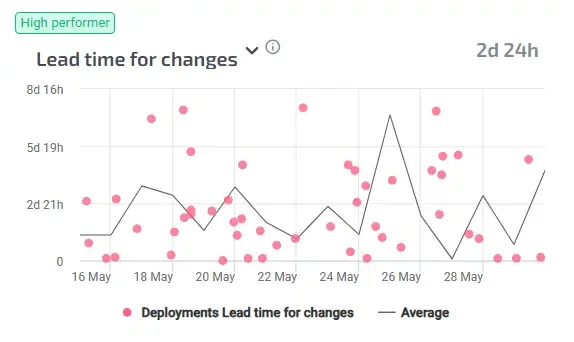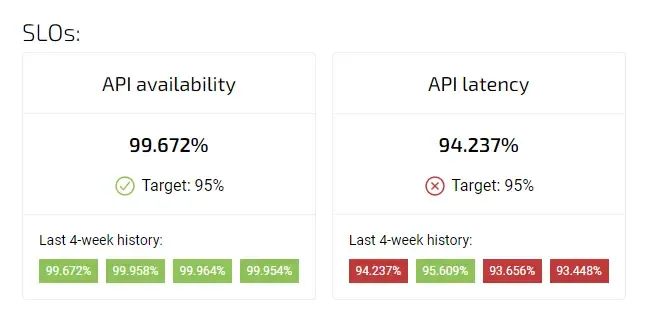Embracing Autonomy using Agile Analytics: You build it, you run it

Published on 7 June 2023 by Arjan Franzen

In 2006, Werner Vogels, Amazon's CTO, introduced the now-famous mantra, "You build it, you run it," which has since become a guiding principle for many organisations. This philosophy encourages empowering teams to take ownership of the products they develop, fostering a sense of autonomy and accountability. By embracing this mindset, coupled with Agile Analytics' Error Budget approach, organisations can unlock the potential for more stable systems, engaged teams, and, ultimately, lower the cost of doing business.
Autonomy and the "You build it, you run it" approach
The essence of the "You build it, you run it" approach is to enable teams to have end-to-end ownership of the products or services they create. Traditionally, development teams were responsible for building software, while separate operations teams handled the task of maintaining and running it. This siloed approach often led to miscommunication, slowed down processes, and hindered overall efficiency.
By granting teams the autonomy to build and operate their products, organisations foster a culture of ownership, collaboration, and continuous improvement. When teams have direct responsibility for their creations, they are naturally incentivised to deliver high-quality work, prioritise stability, and respond swiftly to issues. This autonomy promotes faster iteration cycles, empowers teams to make decisions in real time, and enables them to develop a deep understanding of the systems they build.
Introducing Agile Analytics' Error Budget

To balance the need for new feature development with maintenance work, organisations can implement Agile Analytics' Error Budget framework. The concept of an Error Budget revolves around defining an acceptable level of system errors or service disruptions within a specified timeframe. This budget acts as a guiding metric that allows teams to determine how much time they can allocate towards new feature development without compromising system stability.
By establishing an Error Budget, organizations acknowledge that perfection is not the goal but rather achieving a balance between innovation and maintenance. It sets realistic expectations for teams and provides them with the flexibility to decide how to allocate their time and effort. With the autonomy to manage their Error Budget, teams can make informed decisions, adapt to changing circumstances, and take corrective action when needed.
Benefits of increased autonomy:
- Improved system stability: When teams have end-to-end ownership, they become intimately familiar with the systems they build and can proactively address potential issues. This leads to greater system stability, reduced downtime, and improved customer satisfaction.
- Engaged and empowered teams: Autonomy fosters a sense of purpose and ownership among team members. When they have control over their work and are accountable for its success, they become more engaged, motivated, and empowered to innovate and collaborate.
- Faster decision-making and iteration cycles: Autonomy allows teams to make real-time decisions, eliminating the need for time-consuming approvals and dependencies. This agility enables faster iteration cycles, quicker response to customer needs, and the ability to adapt to market demands swiftly.
- Lower cost of doing business: By empowering teams and streamlining decision-making processes, organisations can reduce overhead costs associated with unnecessary bureaucracy. Additionally, the increased focus on system stability helps minimise expensive downtime and subsequent customer dissatisfaction.
One simple step towards more autonomy
To initiate the optimization of your software operation, simply reach out to Agile Analytics. By adopting the "You build it, you run it" approach and leveraging our Error Budget framework, organizations can tap into the full potential of autonomous teams. With ownership over their products, empowered teams can enhance system stability, make informed decisions, and strike a beneficial balance between feature development and maintenance tasks. This autonomy not only fosters a culture of innovation and collaboration but also leads to substantial long-term cost savings.
Supercharge your Software Delivery!
Implement DevOps with Agile Analytics
Implement Site Reliability with Agile Analytics
Implement Service Level Objectives with Agile Analytics
Implement DORA Metrics with Agile Analytics





